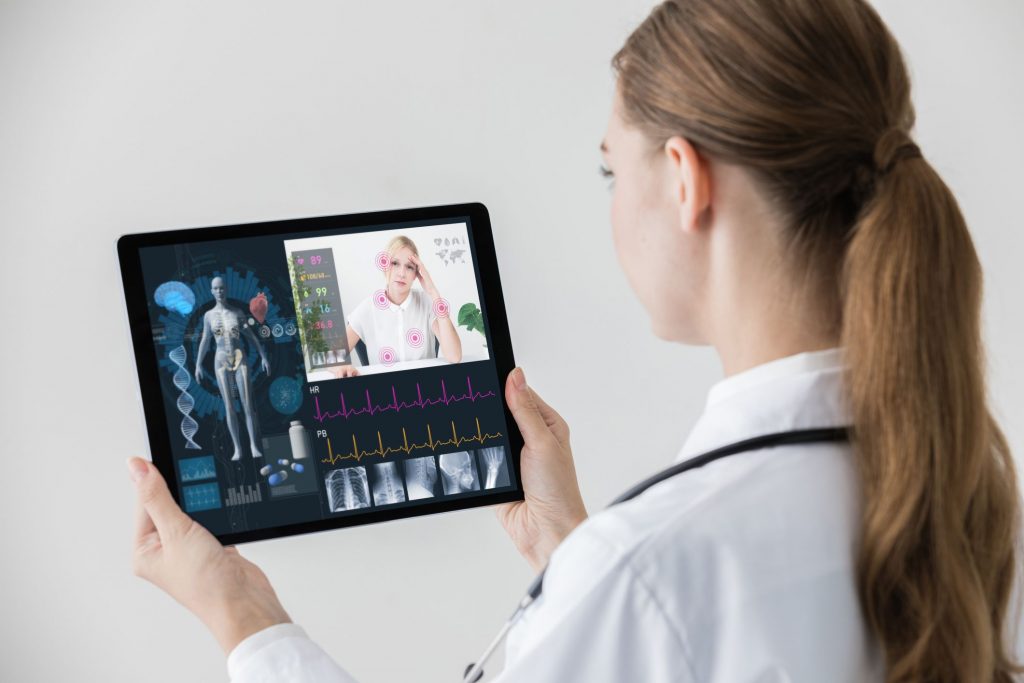Documentation is a necessary evil of many occupations. It can be tedious but logging of items such as duties performed, hours worked and money spent is essential.
What’s merely annoying for some can be a burden for others. Physicians, in particular, are spending more and more time typing rather than seeing patients.
Computer-assisted physician documentation (CAPD) may help relieve some of those record-keeping burdens. The purpose of CAPD software is to let doctors document patient interactions easily, quickly and more thoroughly.
More Codes, More Problems
Physicians’ documentation is done using ICD-10, the latest edition of the International Statistical Classification of Diseases and Related Health Problems (ICD), a list created by the World Health Organization (WHO). The list contains codes for classifying illnesses, injuries and other conditions that physicians encounter.
The previous version, ICD-9, contained 14,000 codes. ICD-10 contains 68,000.
While the codes are supposed to increase efficiency, allow for more precise billing and improve patient care, a survey by The Physicians’ Foundation suggests few doctors are reaping the benefits. The majority of the 17,000 physicians surveyed said ICD-10 has had little or no effect on any of these areas, while one-fourth of the respondents said the new system had a negative impact on all three.
Same Condition, Different Treatments
ICD-10 is aimed at enabling physicians to more accurately and specifically document interactions with patients. Two patients receiving treatment for the same condition won’t necessarily be documented the same way, according to an article on the Becker’s ASC Review. The patients may be very different in age and overall health, or there may be other factors that affect treatment.
However, with 68,000 separate codes, physicians might overlook codes that address particular factors, meaning that the documentation may not accurately reflect the patient’s condition.
Improper coding can have a negative impact on a physician or healthcare organization’s bottom line as well. ICD-10 has created a situation in which insurance companies can deny coverage based on incorrect or incomplete coding.
Machine Learning and Multiple Choice
Documentation, then, has plenty of potential pitfalls for physicians.
“It seems … that many of the tools that are available were not created with us, the end user, in mind,” said Dr. Lucian Newman III, founder of physician documentation technology company Vincari.
CAPD attempts to correct that situation and is one of the more near term artificial intelligence solutions that will impact the healthcare industry.
In his opening keynote for HIMSS18 in March, former Alphabet Inc., executive Eric Schmidt outlined a future with a fully automated physician’s assistant named “Liz,” a clinical decision support system fueled by artificial intelligence. Schmidt sees “Liz” being ready for use by physicians in the next decade. According to Mayo Clinic Chief Information Officer Cris Ross, that timeline is doable and could actually make healthcare more human.
“How can AI supplement human knowledge and give guidance in areas physicians can only try to keep up with?” Ross asked a crowded room for a session titled “How AI and Machine Learning are Disrupting the Current Healthcare System.”
“I think we’re going to see AI in all the tasks that lead up to treatment and diagnosis first,” Ross said. “When Eric (Schmidt) talks about coming back with Dr. Liz in 10 years, part of me says, “Ten?” My guess is you could see all of it except diagnosis and treatment in the next one to two years, and then it’ll take the next seven to eight years to get that next piece.
“I said a few years ago AI had the computing power of a two-year old’s brain. I was giving it a lot of credit, but without a doubt, we’ll see the processing speed and capability of a more developed human being in the next year or two.”
Machine learning, artificial intelligence and voice recognition software are some of the technologies CAPD manufacturers, such as Vincari, Nuance and Epic, use to try to make record-keeping less of a burden for physicians, without sacrificing the benefits of ICD-10.
Using Vincari’s model, for example, physicians type in keywords about the treatment they’re providing or the patient’s condition. This prompts a list of coding entries from which the physician chooses the one that best fits the situation.
Nuance’s model analyzes and offers suggestions throughout the patient encounter, using AI such as speech recognition technology, natural language processing and clinical documentation improvement software to not only capture the most accurate assessment of the patient’s condition but to ensure accurate billing and reimbursement, regulatory compliance and improved patient outcomes.
EHR leader Epic offers systems that employ machine learning to “to deliver insights and suggest quality improvements,” according to an article on the EHR Intelligence website.
The abilities and potential of computer assisted physician documentation technology are impressive, but most importantly it allows physicians to do what most feel is their most important duty – spending one-on-one time with their patients. This plays into a measurement sometimes referred to as “joy of practice,” a key factor in diminishing physician burnout and improving the overall approach to care.
“For things that are life critical, we need doctors and nurses, human beings involved,” Schmidt said, explaining he doesn’t see AI solutions replacing doctors. “I want those people to be able to use technology to make their work more productive. There’s a doctor shortage right now and people are living longer. We need technology to help make us more productive.”




